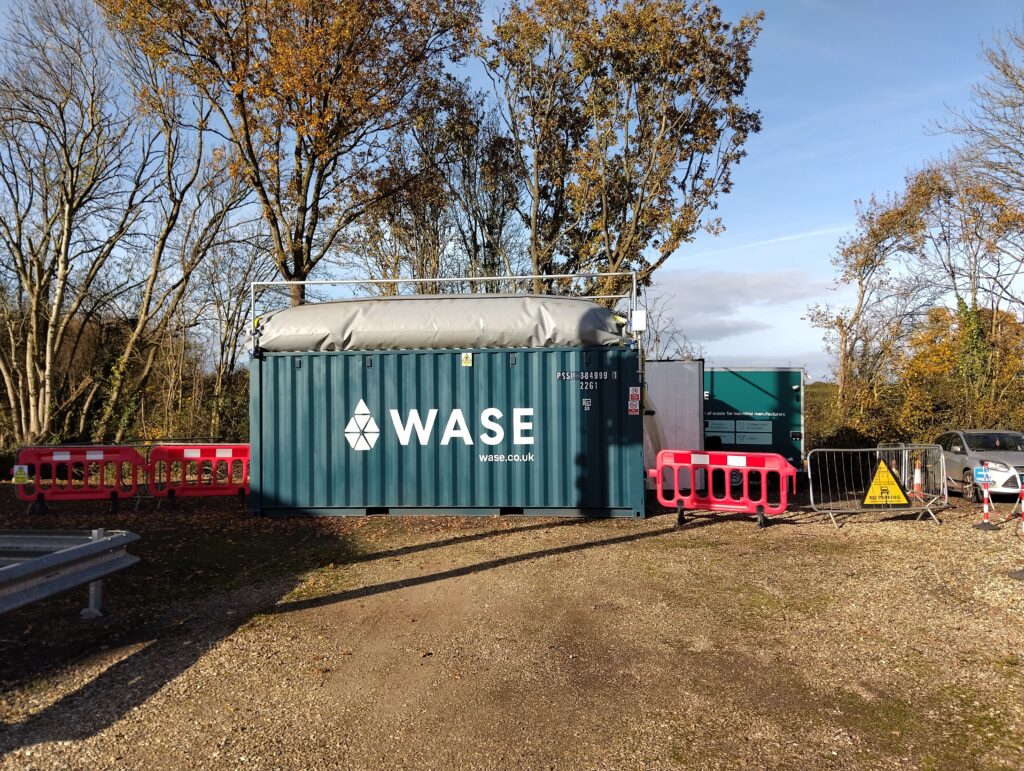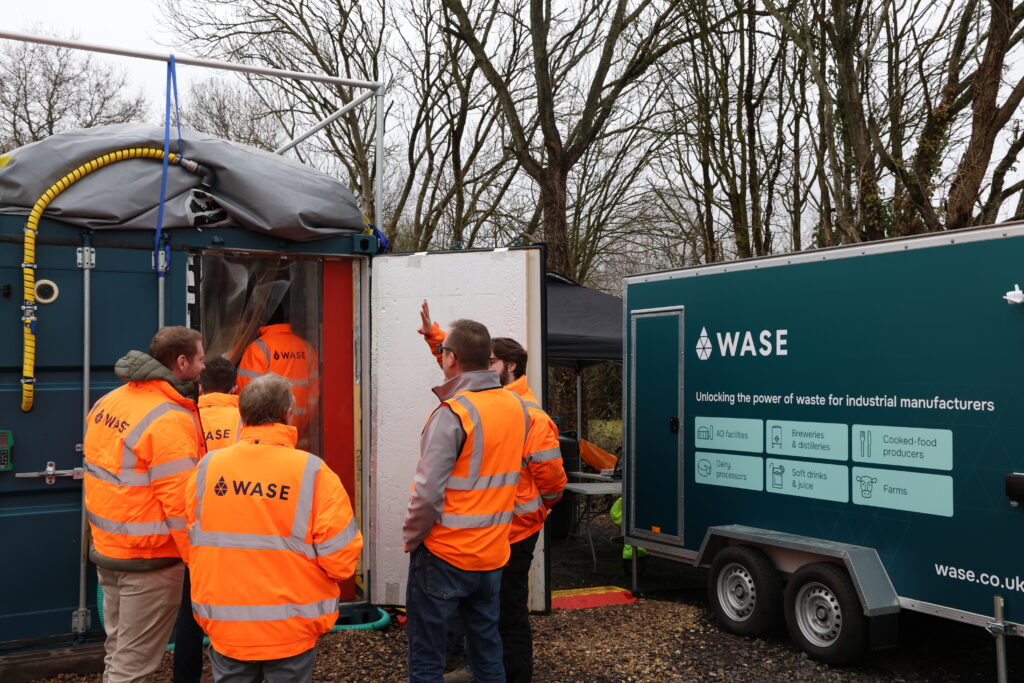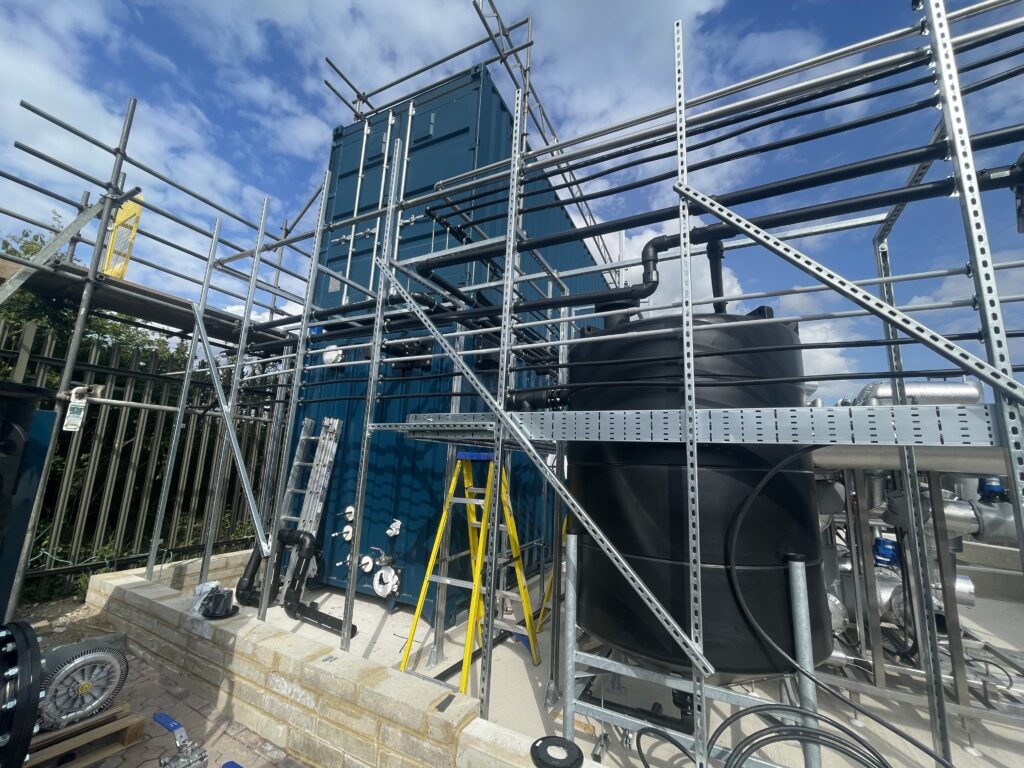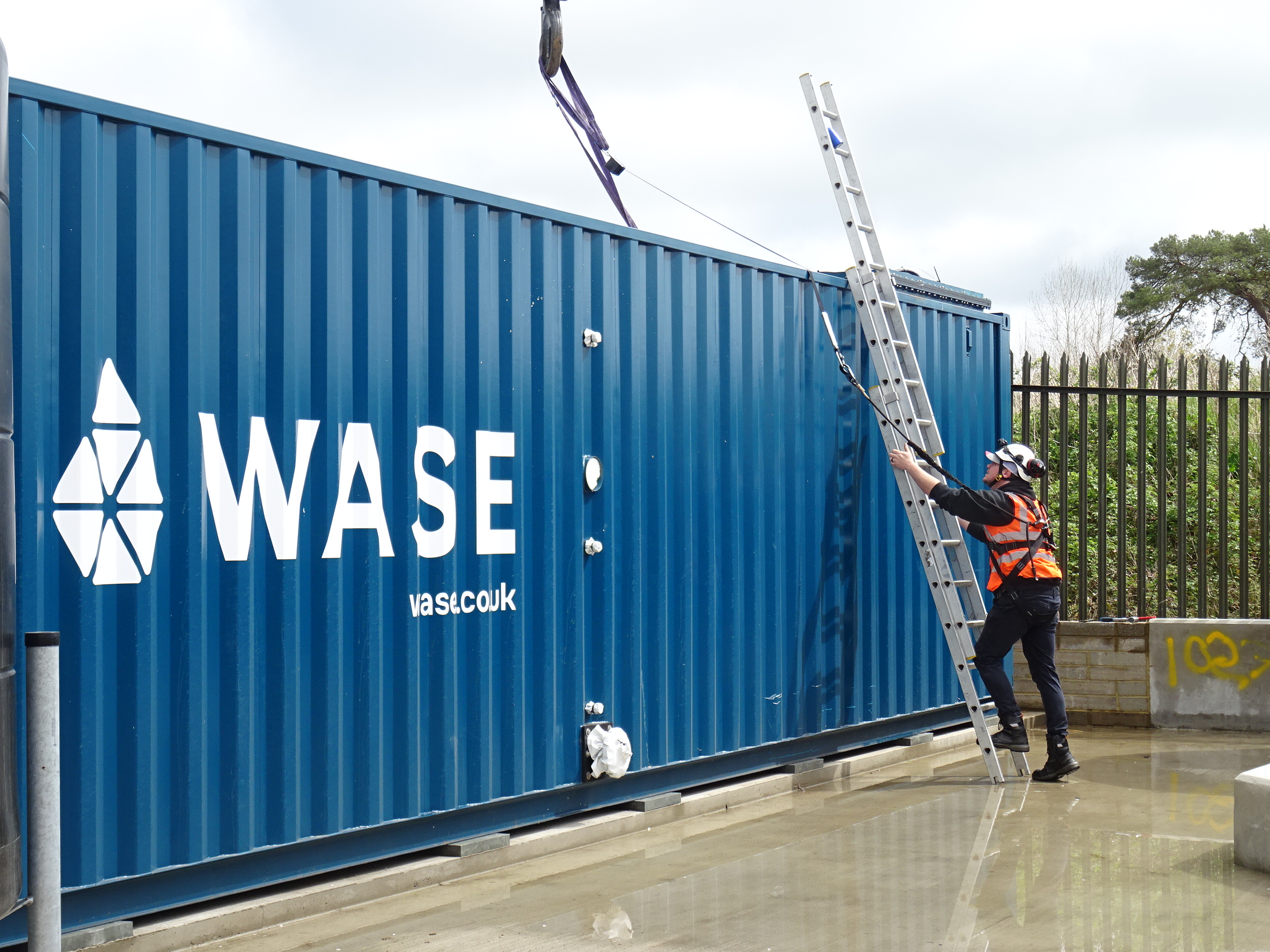Business is booming. Sales are up, new contracts are rolling in, and growth is firmly on the horizon. But with every new client comes a big question:
“How do we scale production over the next 3–5 years?”
For food and beverage (F&B) manufacturers, scaling is never just about new lines or bigger warehouses. It’s also about infrastructure, compliance, and sustainability. One area that often gets overlooked until it’s too late is wastewater management.

Should we stay or should we go?
Whether you are a start up or a multinational, scaling production comes with a broad range of challenges from infrastructure and operations to staffing and regulatory compliance. While budgets, resources and timescales may differ significantly, one of the fundamental questions will be the same – can we expand our existing site or should we move to new premises?
Answering this question requires a detailed look at the feasibility (short and long term) of the existing site and there are many hurdles that can present themselves:
- Utilities — will electricity, gas, and water supplies cope?
- Capacity — are boilers, chillers, or wastewater treatment plants (WWTPs) big enough?
- Space — is there room for new equipment?
- Sustainability — can we meet tightening environmental expectations?
Of these, water and wastewater are often the most difficult to manage — but also the most rewarding if you get it right.
What are the water & wastewater management challenges?
When it comes to water, unsurprisingly, increasing production volumes means increasing water demand for process, cleaning (CIP) and cooling which not only impacts water bills but can risk exceeding water allowances – this can be especially problematic where local water resources are limited, such as lakes and boreholes.
Increased water use also increases load on WWTPs and introducing new product ranges can mean more complex effluent streams (organic loads, sugars, oils, fats and sanitisers). This can make conventional treatments less effective and can risk non-compliance with discharge permits.

Will we need to change our treatment strategy?
When volumes are comparatively low the manufacturer may be permitted to flush their waste water directly to drain, within discharge consents without any treatment, or it might be that they pay to have it tankered away to be treated at an external facility.
But what if increased volumes, higher organic load or tightening discharge constraints mean they are no longer able to put their waste water to drain? Or what if the potential fines or tankering costs are now having a serious impact on the business?
Fines can be significant, unexpected and inconsistent so not only are they damaging to the bottom line they can be extremely difficult to plan for as well. Trucking huge volumes of water around the country emits thousands of tonnes of carbon, so not only is tankering expensive and bad for local traffic, it’s terrible for the environment too.
If you don’t have any treatment on site this may be something you need to consider but that doesn’t necessarily have to be a bad thing – as we will discuss later. If you do already have a WWTP you will need to decide whether to upgrade or replace – which presents another series of questions. Is the existing plant fit for purpose? Are we happy with it? Is it scalable? Are there any new technologies available? and maybe less obviously – are we aligned with our Clients’ expectations?
Is sustainability important?
Waste water may not be a pressing concern for the manufacturer, but it probably is for their new clients! Sustainability is a priority for responsible organisations globally. Reducing food waste, carbon emissions and water consumption are high on their agendas and the supply chain plays a critical role in meeting their targets on the journey to net zero.
Sustainable business practices are no longer just a ‘nice to have’, they are critical for the future of our planet and they will also unlock new business opportunities as global retailers and consumers lean towards sustainable farmers and F&B manufacturers.
Furthermore, discharge of trade effluents into the environment may still be an option for some manufacturers legally, but is it something you, your clients or consumers are comfortable doing morally?
What to consider when researching solutions?
Whether you are looking at waste water treatment options for the first time, or you are looking to increase the capacity and efficiency of your existing treatment plant, you will inevitably ask yourself the question – what water treatment options are available and which ones are going to be the best for us, not just for now but for the future too?
When replacing or upgrading an old plant it is easy to stick to what you know and are used to, even if you’re not particularly happy with it! It’s worth taking some time to see what’s currently available – technology is advancing rapidly in the water treatment space!
Take WASE’s Electro-Methanogenic Reactor (EMR) for example. Anaerobic digestion processes have been available for decades and are a well-known and proven solution – waste streams can be combined and treated to produce biogas which can be used to power gas boilers, or generate heat and electricity for site using a combined heat & power unit (CHP).
However, traditional AD has only been viable for very large F&B sites with high waste volumes and plenty of land. The WASE containerised EMR solution changes the landscape. This is the next generation of AD and it enables F&B sites to install a commercial scale AD plant, and enjoy all the associated benefits, but using 70% less space.
Because it is a modular solution it can be easily scaled as your business grows, and because it includes AI biosensing and smart monitoring it can be monitored remotely and run with minimal input from site teams.
Here are some factors to consider when comparing potential solutions:
- Suitability for specific waste stream(s)
- Footprint & planning required
- Operator input required
- Cost (CapEx, OpEx) & funding options (CapEx or Contract Agreement)
- Energy requirement
- Final effluent quality
- Additional byproducts or revenue streams (energy from waste, animal feed, fertiliser)
- Scalability (modular & scalable)

What are the solutions?
The ideal solution will depend on the waste stream(s) to be processed and the site’s priorities. It is typically not a single step but a complete treatment system combining multiple different strategies and technologies such as:
Preliminary Treatment
Removes large solids to protect downstream processes.
Examples: screens, grit removal, equalisation tanks, and FOG traps (for fats, oils, and greases).
Primary Treatment
Separates suspended solids and settles particulate matter.
Example: Dissolved Air Flotation (DAF).
Secondary Treatment
Removes BOD/COD efficiently.
- For low-strength wastewater: aerobic systems (ASP, SBR, MBR).
- For mid–high strength wastewater: anaerobic systems (AD, EMR), which also generate biogas.
Tertiary Treatment
Provides further polishing of the effluent for reuse or safe discharge.
Examples: filtration (sand, carbon, membrane), advanced oxidation processes, UV, or ozone disinfection.
Sludge Management
Treats and disposes of solid byproducts.
Examples: thickening/dewatering, composting, anaerobic digestion, land application.
Water Reuse and Recycling
Reduces fresh water use by 30–80% and lowers discharge volumes.
Examples: reverse osmosis (RO), ultrafiltration (UF).
Within these technologies there have been significant recent technological advances:
Smart Monitoring and Automation
IoT sensors, SCADA systems, and AI predictive controls improve process control, simplify operation, and reduce downtime and chemical overuse.
Modular & Scalable Systems
Compact, containerised treatment plants are easier to scale with demand and require a smaller footprint.
Zero Liquid Discharge (ZLD)
When water scarcity or strict regulations apply, ZLD systems maximise water recovery and minimise environmental footprint.
Where do we start?
As in many aspects of life and business, achieving your goals requires a clear understanding of where you are now before you can effectively plan how you are going to get to where you want to be. A good starting point is to conduct a water audit.
Map all water use points from intake to discharge, identify your waste and waste water streams and have them tested. These volumes and test results are crucial when researching which technologies are going to be the best fit for you.
Speak with industry experts and explore the market. Choose treatment solutions that can adapt to product and volume changes so your treatment plant can grow with your business. Discharge constraints will only ever get stricter so set KPIs and integrate your waste water strategy with your ESG reporting.
As mentioned previously, waste water treatment doesn’t have to be a bad thing and with the right technology you can enjoy some unexpected benefits!
- Reduce costs/fines and achieve effective treatment on site!
- Eliminate discharge fines and tankering costs and reduce transport emissions
- Generate power from your waste!
- Reduce carbon emissions, help the environment and hit ESG targets
Don’t be despondent if you have struggled with waste water treatment in the past and don’t be anxious about having to implement a waste water strategy for the first time. It can be an unwelcome distraction from making great food and drinks but there are some exciting technologies available that enable F&B manufacturers to unlock the power of their waste, embrace the circular economy and protect our planet’s most precious resource – WATER!

